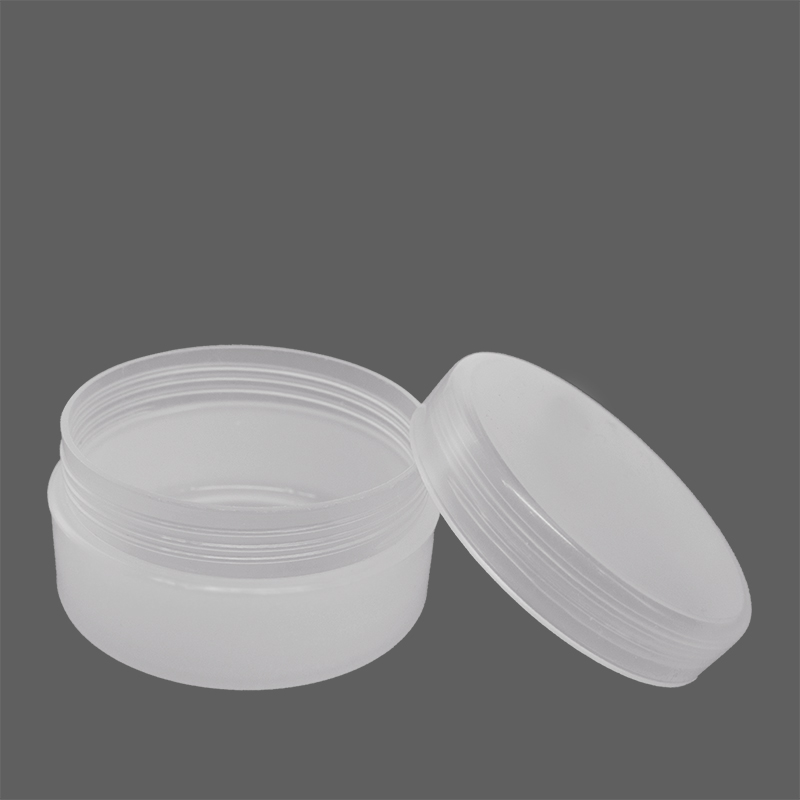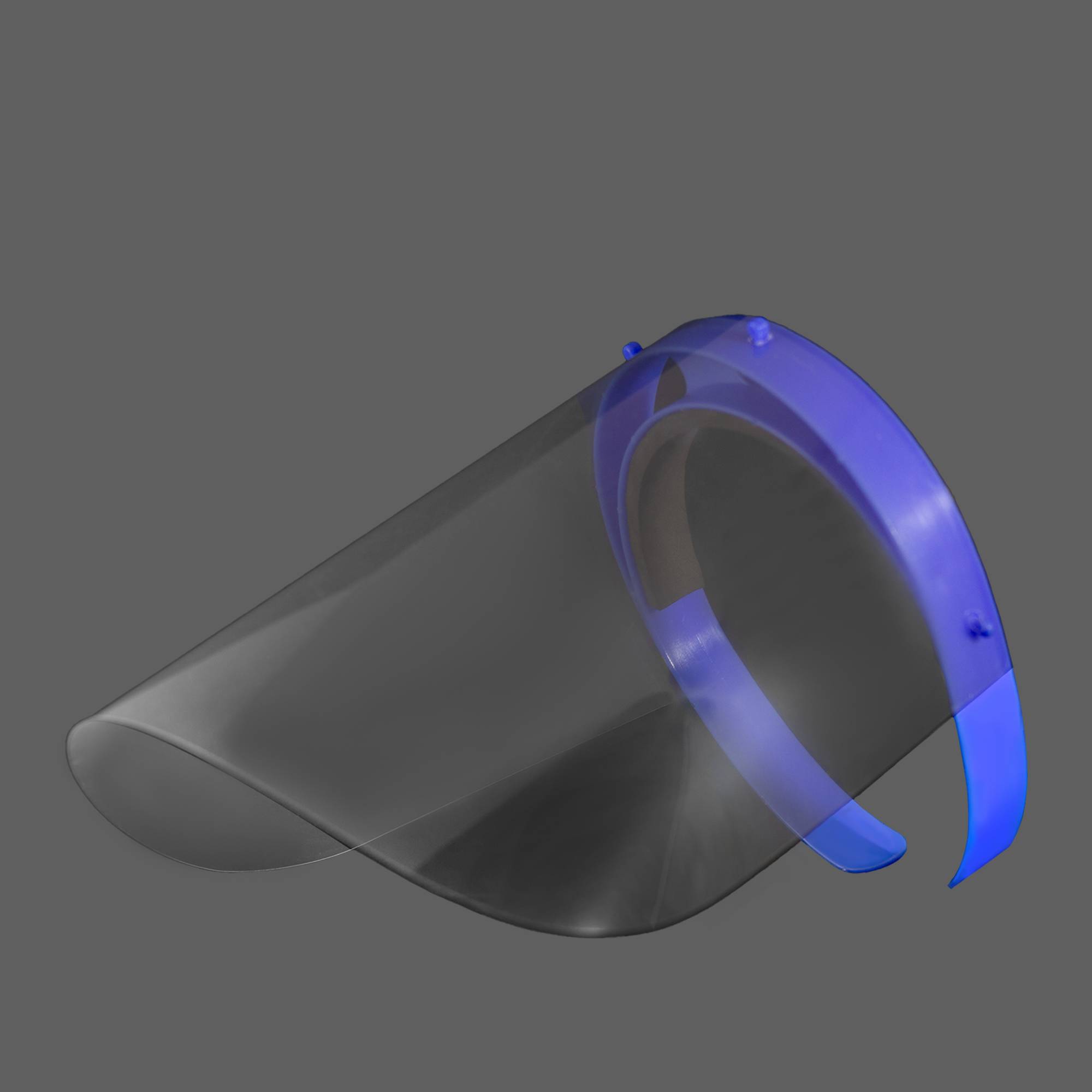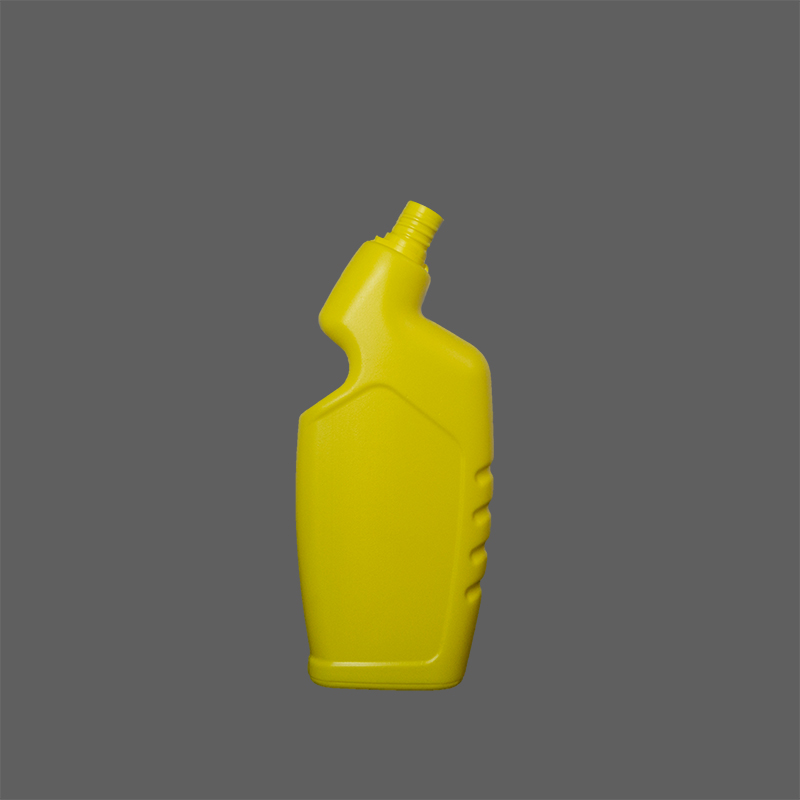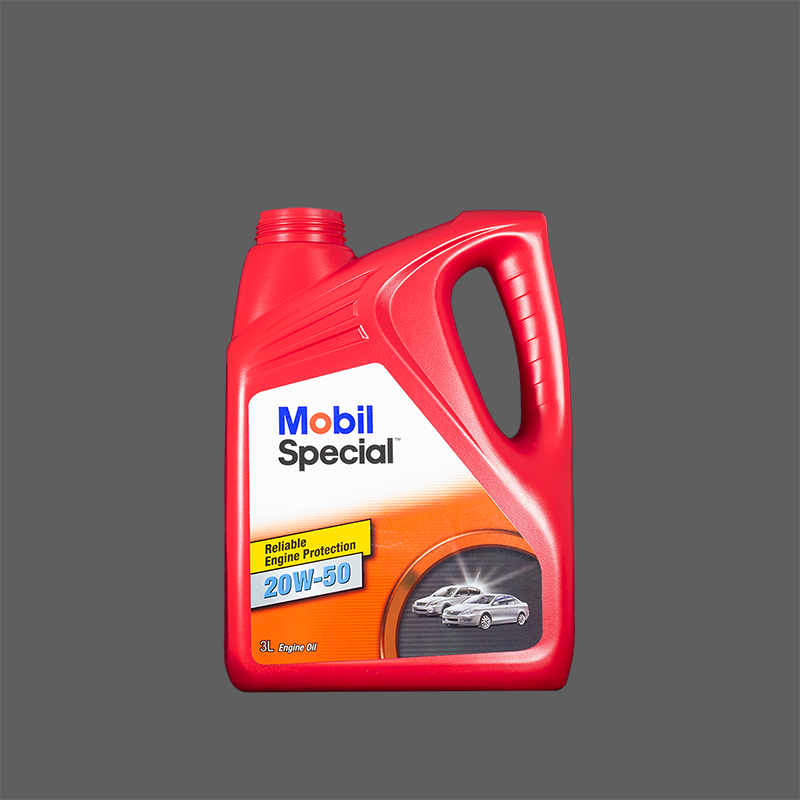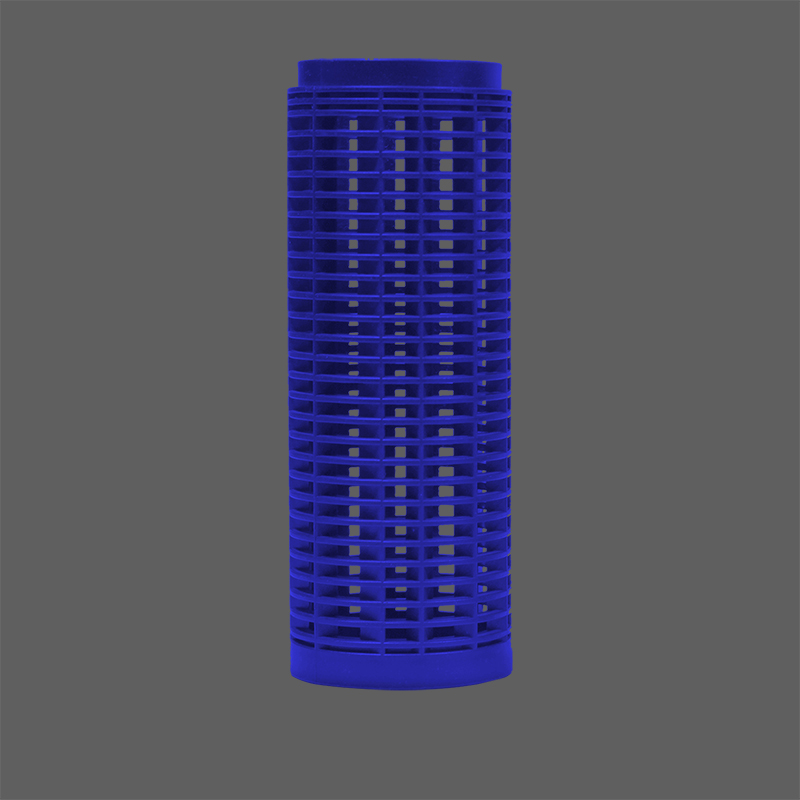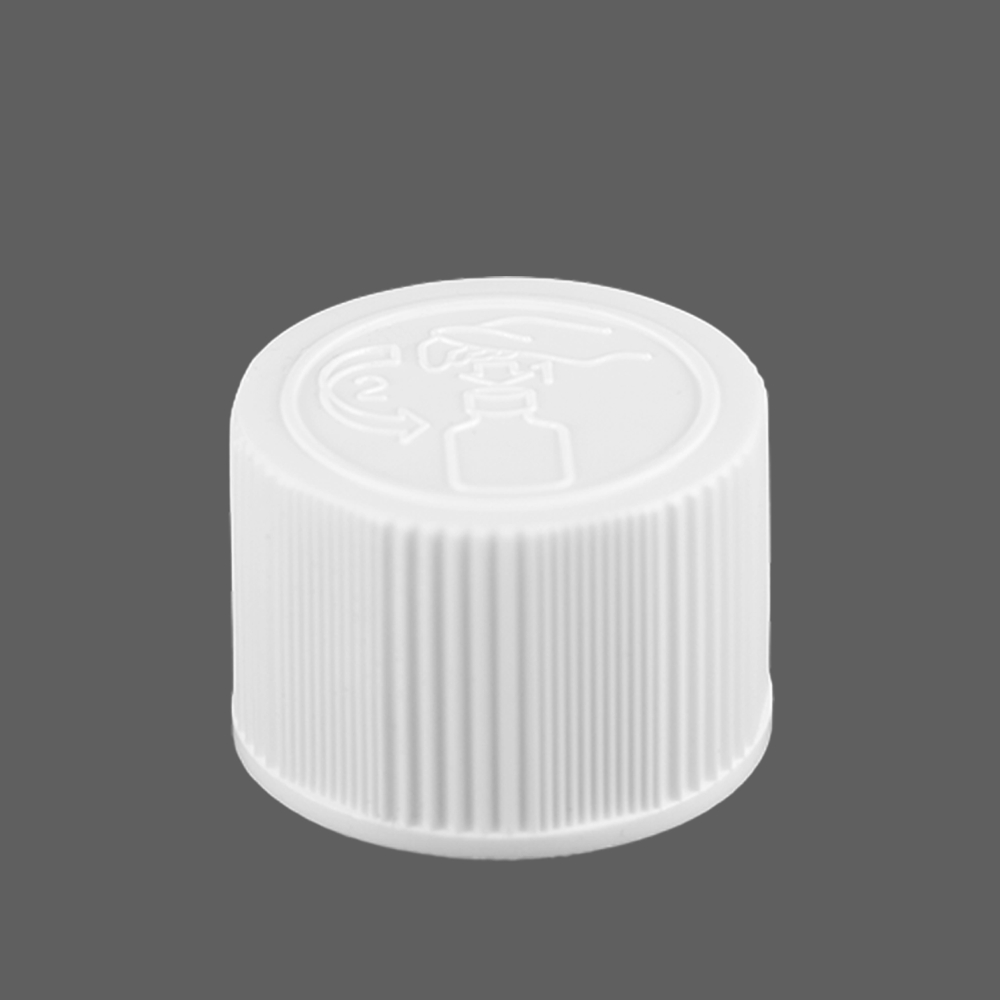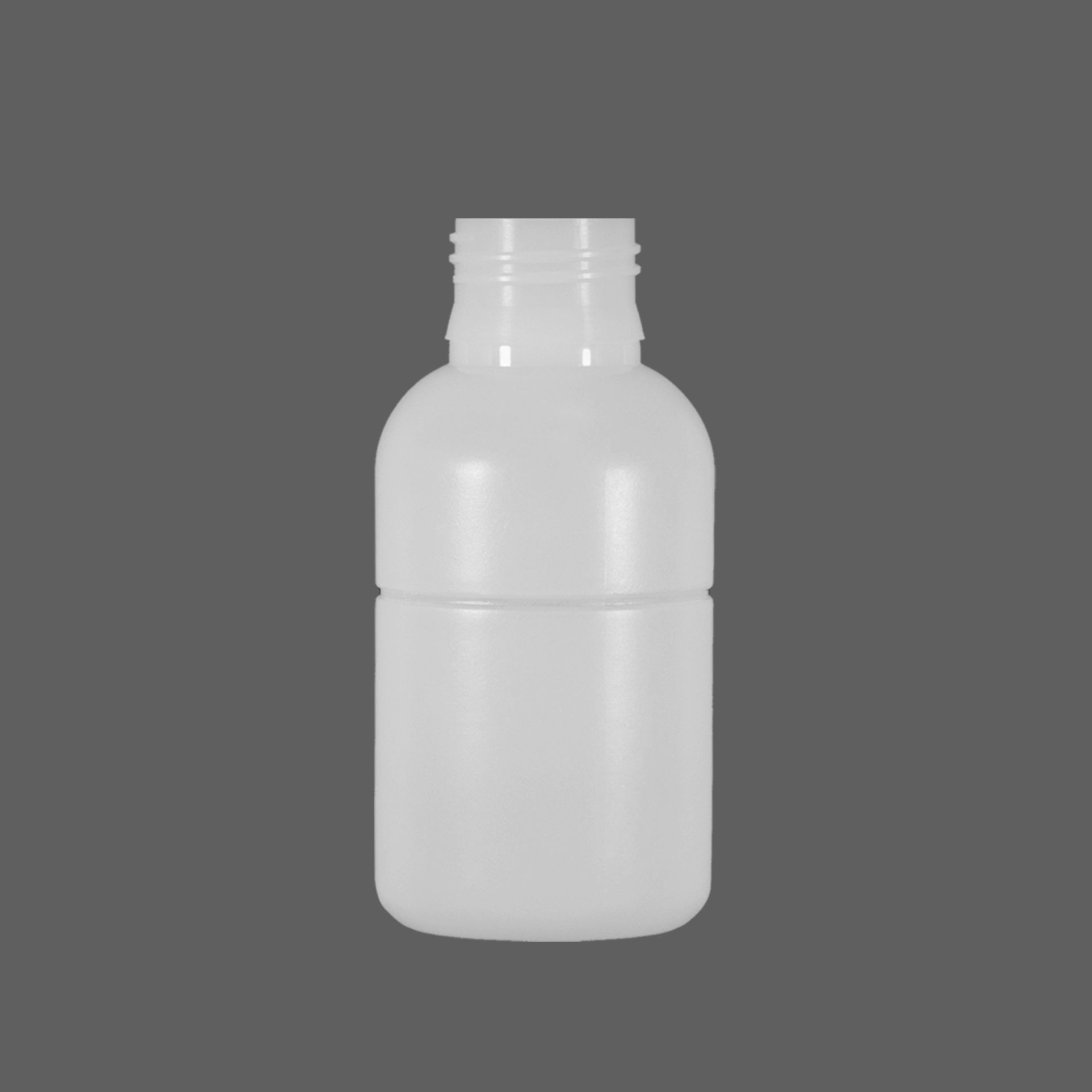Child Resistant CRC Caps: Balancing Safety and Convenience
Locking Away Danger: Dive into the realm of Child-Resistant Caps! #CRC #SafetyFirst
Child-resistant bottle caps, often referred to as CRC caps, play a crucial role in ensuring the safety of children by preventing them from accessing potentially harmful substances. These innovative closures strike a delicate balance between safety and convenience.
In this comprehensive blog, we will explore the importance of child-resistant CRC caps, discuss how to choose the right closure design and delve into various aspects of CRC packaging solutions.
Summary : Embark on a journey through the innovative world of Child-Resistant Caps (CRC), where safety meets convenience. From preventing accidental poisonings to compliance mandates, this guide explores the importance of CRC caps in safeguarding households and pharmaceuticals. Join us as we delve into diverse closure designs, industry mandates, and the exciting future of CRC technology. Uncover the secrets behind keeping homes secure and health products protected, ensuring peace of mind for parents and caregivers. Safety, innovation, and a glimpse into what’s next—welcome to the comprehensive realm of CRC caps!
The Importance of Child-Resistant CRC Caps

Child-resistant bottle caps have gained immense significance, as various household products, medications, and chemicals are stored in easily accessible containers. Let’s take a look at why child-resistant caps are essential for households.
Preventing Accidental Poisoning
The primary purpose of child-resistant CRC caps is to prevent accidental poisoning among children. Household items, such as medications, cleaning agents, and pesticides can pose a serious threat if ingested by curious little ones. CRC caps act as a crucial line of defense, making it difficult for children to open containers containing these substances.
Compliance with Regulations
Manufacturers and distributors of potentially hazardous products are often legally required to use child-resistant packaging. Adhering to these regulations is not only a legal necessity but also a moral obligation to protect the most vulnerable members of society.
Safe Storage of Pharmaceuticals
The pharmaceutical industry heavily relies on child-resistant packaging to ensure the safe storage of medications. From over-the-counter drugs to prescription pills, these closures provide an extra layer of protection, reducing the risk of accidental ingestion.
Peace of Mind for Parents
Parents and caregivers can rest assured knowing that child-resistant bottle caps offer an added level of safety. This peace of mind allows them to keep essential items within reach without constantly worrying about their child’s safety.
Choosing the Right Child-Resistant Closure Design
Selecting an appropriate child-resistant closure design is essential to meet safety requirements while also considering user convenience and production efficiency. Let’s look at the factors that influence this decision.
Type of Product
The nature of the product being packaged plays a pivotal role in choosing the right CRC cap. For instance, a dry powder inhaler may require a different closure design compared to a liquid medication bottle. Manufacturers must consider the specific needs of their products.
User Demographics
Understanding the target audience is crucial. Some CRC closures are more intuitive for adults while posing a challenge for young children. Manufacturers must strike a balance that allows easy access for adults but remains child-resistant.
Regulations and Standards
Different industries and regions may have varying regulations and standards for child-resistant packaging. It is essential to stay updated with these requirements and ensure compliance when selecting a closure design.
Production Efficiency
Efficiency in manufacturing is another vital consideration. Manufacturers should assess factors like mold design optimization, cycle time reduction, and part ejection systems to ensure a cost-effective production process.
Material Selection
The material used for CRC caps can impact both safety and convenience. Plastic bottle manufacturers in Karachi like Mediplas, for example, choose materials that are durable, cost-effective, and compatible with their production processes.
Which Industries Mandate Child-Resistant Caps?
- The mandate for child-resistant caps is primarily driven by industries that produce and distribute products or substances that pose a significant risk to children if ingested, inhaled, or accessed. Child-resistant caps are designed to mitigate the dangers associated with accidental ingestion or exposure to such products. Here, we will elaborate on the industries that often mandate the use of child-resistant caps:
- Pharmaceutical Industry: The pharmaceutical sector is one of the most prominent industries that mandates child-resistant caps. Medications, including over-the-counter and prescription drugs, are frequently packaged in containers with child-resistant closures. This is because many medications can be harmful or even fatal if consumed by children. Child-resistant caps add an extra layer of protection, reducing the likelihood of accidental ingestion.
- Chemical and Cleaning Product Industry: Manufacturers of household cleaning products, such as bleach, disinfectants, and detergents, often use child-resistant caps. These products contain potentially hazardous chemicals that can cause harm if ingested or spilled on the skin. Child-resistant closures are essential to prevent children from accessing these substances.
- Pesticide and Herbicide Industry: In the agricultural sector, pesticides and herbicides are essential for crop protection. However, they are toxic and can be lethal if consumed. To safeguard against accidental exposure, child-resistant caps are mandated for pesticide and herbicide containers.
- Tobacco and Vaping Industry: In some regions, the tobacco and vaping industries are required to use child-resistant caps for products like e-cigarette liquids and tobacco products. The nicotine in these products is highly toxic and poses a significant risk to children if ingested or absorbed through the skin.
- Household Product Industry: Various household products, such as automotive fluids, paint thinners, and certain types of glue, can be dangerous if mishandled. Child-resistant caps are often used to prevent children from accidentally accessing these substances.
- Medical Marijuana and Cannabis Industry: In regions where medical marijuana or cannabis is legalized, products containing THC (tetrahydrocannabinol) are often required to have child-resistant packaging. This is to prevent unintentional consumption, especially by minors.
- Hazardous Materials and Industrial Chemicals: Industries dealing with hazardous materials and industrial chemicals must adhere to strict safety regulations. Child-resistant caps are sometimes required for certain chemical containers used in industrial settings to protect workers and prevent unauthorized access.
- Cosmetics and Personal Care Products: While not as common, some cosmetics and personal care products that contain potentially harmful ingredients may opt for child-resistant packaging to ensure the safety of young children who might be curious about these products.
CRC Packaging Solutions
Now that we understand the importance of CRC caps and how to choose the right design, let’s explore various CRC packaging solutions available in the market.
Push and Turn Closures
Push and turn closures are one of the most common types of CRC caps. They require a dual-action process, where the cap must be pushed down and simultaneously turned to open the container. This design is effective in deterring young children.
Squeeze and Twist Closures
Squeeze and twist closures combine the action of squeezing the sides of the cap and twisting it to open the container. This design provides an extra layer of protection, making it challenging for children to access the contents.
Snap-Lock Closures
Snap-lock closures involve aligning specific tabs or grooves on the cap with corresponding features on the container before being able to open it. This design is intuitive for adults but presents a challenge for children.
Customized CRC Designs
Many manufacturers offer customized CRC designs tailored to the specific needs of their products. This allows for innovative solutions that balance safety and convenience while meeting regulatory requirements.
Innovations in CRC Cap Technology
As technology advances, so does the design and functionality of CRC caps. In this section, we will explore some recent innovations in child-resistant bottle closures.
Hot Runner Systems
Hot runner systems in mold design optimization have become more prevalent in CRC cap manufacturing. These systems help improve production efficiency by minimizing material waste and reducing cycle times.
Improved Part Ejection Systems
Efficient part ejection systems ensure that CRC caps are consistently produced without defects. Advancements in this technology have led to higher-quality closures.
Smart CRC Caps
Incorporating smart technology into CRC caps is an emerging trend. Some caps now include features like electronic locking mechanisms or digital timers that prevent children from accessing the contents.
The Future of Child-Resistant CRC Caps
Looking ahead, the future of CRC caps holds exciting possibilities. This section will explore potential developments and trends in child-resistant packaging.
Sustainability
As environmental concerns grow, there is a growing demand for sustainable packaging solutions. The future of CRC caps may involve the use of eco-friendly materials and designs that reduce environmental impact.
Enhanced User Experience
Manufacturers are continuously working to improve the user experience of childproof bottle closures. Future innovations may focus on making these closures even more convenient for adults while maintaining their child-resistant properties.
Integration with the Internet of Things (IoT)
The integration of IoT technology into packaging may allow for remote monitoring and control of CRC caps. This could provide added security and convenience for users.
The Bottom Line
Child-resistant CRC caps are a critical component of safety closures in various industries, including pharmaceuticals and household products. Choosing the right closure design, staying compliant with regulations, and exploring innovative solutions are essential steps in balancing safety and convenience.
As technology continues to advance, the future of CRC caps holds promise for improved sustainability, user experience, and integration with IoT. Plastic bottle manufacturers must stay informed and adapt to these trends to ensure the safety of consumers, especially children, remains a top priority in the packaging industry.
If you’re in search of a dependable FMCG bottle manufacturer that can create custom child-resistant caps for your business, reach out to Mediplas. Our experts will ensure your products are crafted with the utmost safety.
Final Conclusion: In the symphony of safety and convenience, Child-Resistant Caps (CRC) emerge as the guardians of well-being. As we shape a future where technology and protection harmonize, let’s embrace the transformative power of CRC caps for a world that’s secure, accessible, and inspiring for all.
CTA: Secure your space. Embrace safety with CRC caps. Explore now for a protected future
